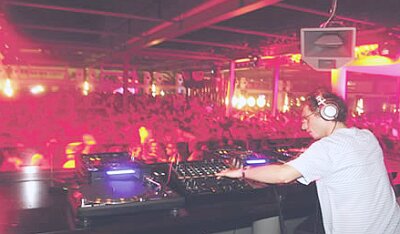About vocals
 The vocalist (from the Latin words vox – “voice” and vocalis – “sounding”) is a musical profession, a role in a musical group, involves the performance of various vocal parts.
The vocalist (from the Latin words vox – “voice” and vocalis – “sounding”) is a musical profession, a role in a musical group, involves the performance of various vocal parts.
Now, the term vocalist almost coincides with the term singer, but in modern pop music it is interpreted somewhat more broadly, in particular implying the possibility of reciting, recitative, etc.
Singer – the one who sings, is engaged in singing. Artist of vocal music: songs, romances, arias, choirs, singles, etc. A musician performing music on a musical instrument, which is his own voice. Singer is the most common type of vocalist.
In classical music and opera, the voice is interpreted solely as a musical instrument. Composers write music for this instrument, taking into account the skill and features of the singer’s voice.
The leader-vocalist is a member of a musical group, performing mainly the main vocals.
The backing vocalist is a member of a musical group, performing additional harmonic vocals (peculiar vocals).
Singing voices
There are various systems for classifying voices (and singers, respectively). Some of them take into account the strength of the voice, that is, how loudly the singer can sing. Others – how mobile, virtuoso, distinct voice of the singer. The third ones include non-musical characteristics, such as external data, acting skills, etc.
Most often, a classification is used that takes into account the range of the voice and gender of the singer. Even guided by these two criteria alone, there are many varieties:
Female voices:
soprano – high female voice
mezzo-soprano – medium female voice
contralto – low female voice (in choral music it is accepted to call simply viola)
Male voices:
tenor – high male voice
baritone – middle male voice
bass – low male voice
Other vocal types are coloratura soprano, dramatic tenor, bass-baritone, bass profundo. There is even a category of male singers singing in the range of the female voice. This type of voice is rare, but is still used mainly in opera. In Baroque music, many roles were written for castrati – male singers who underwent a castration operation in their boyish age to prevent mutation and to maintain a high voice like that of a woman. In modern vocal performance, these roles can be performed by a singer who owns a developed falsetto singing technique. Singers of this type are called countertenorists (aka male viola).




